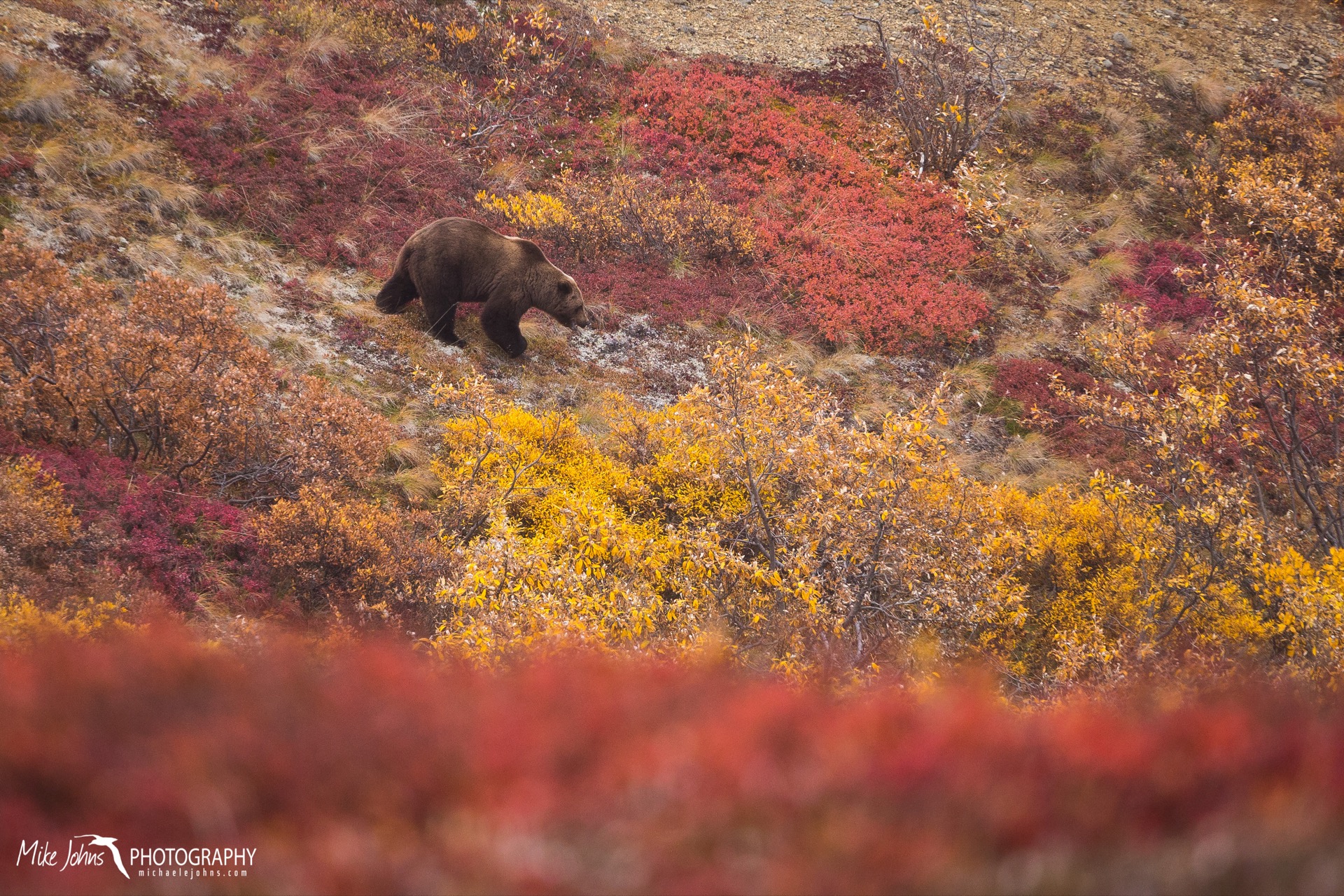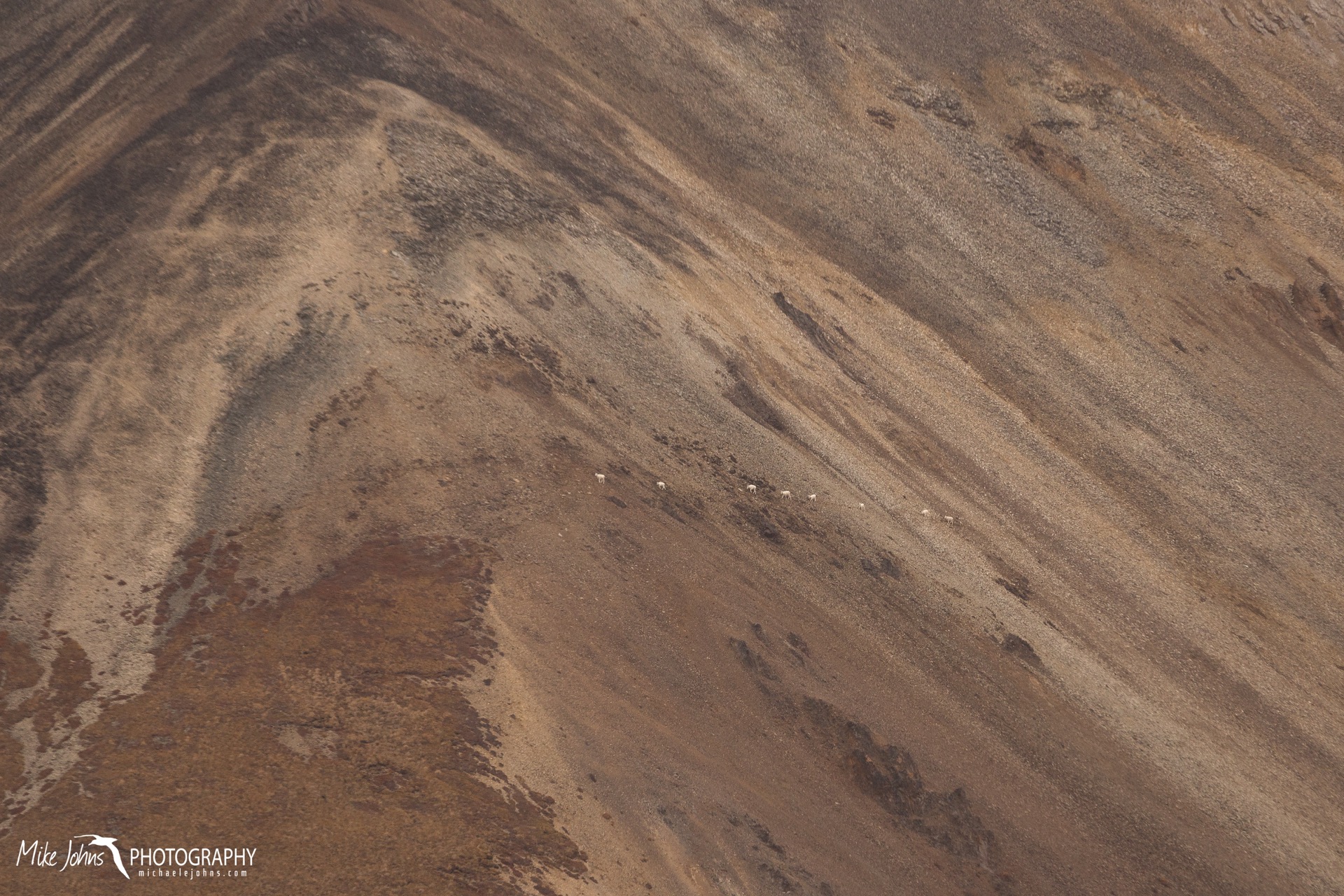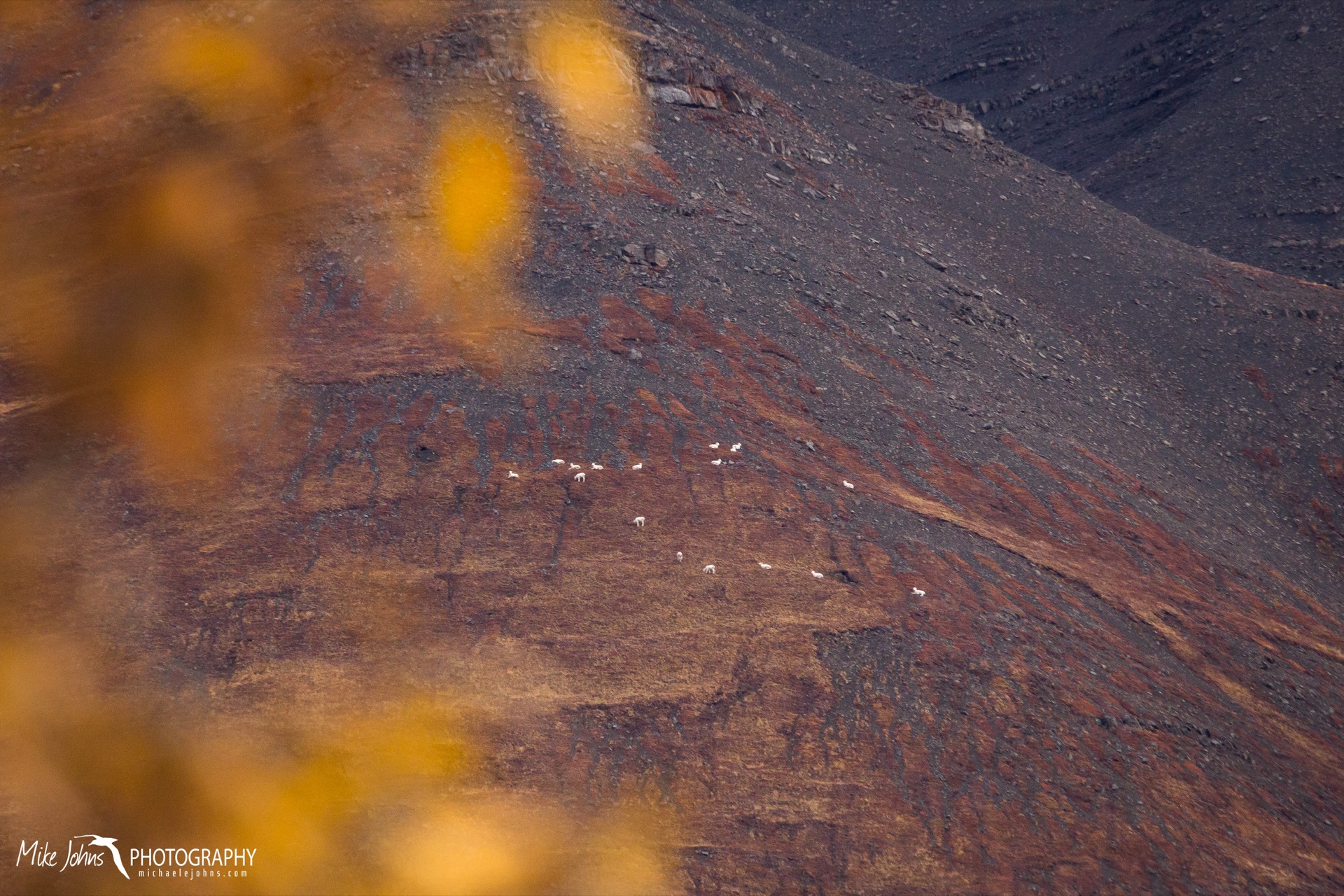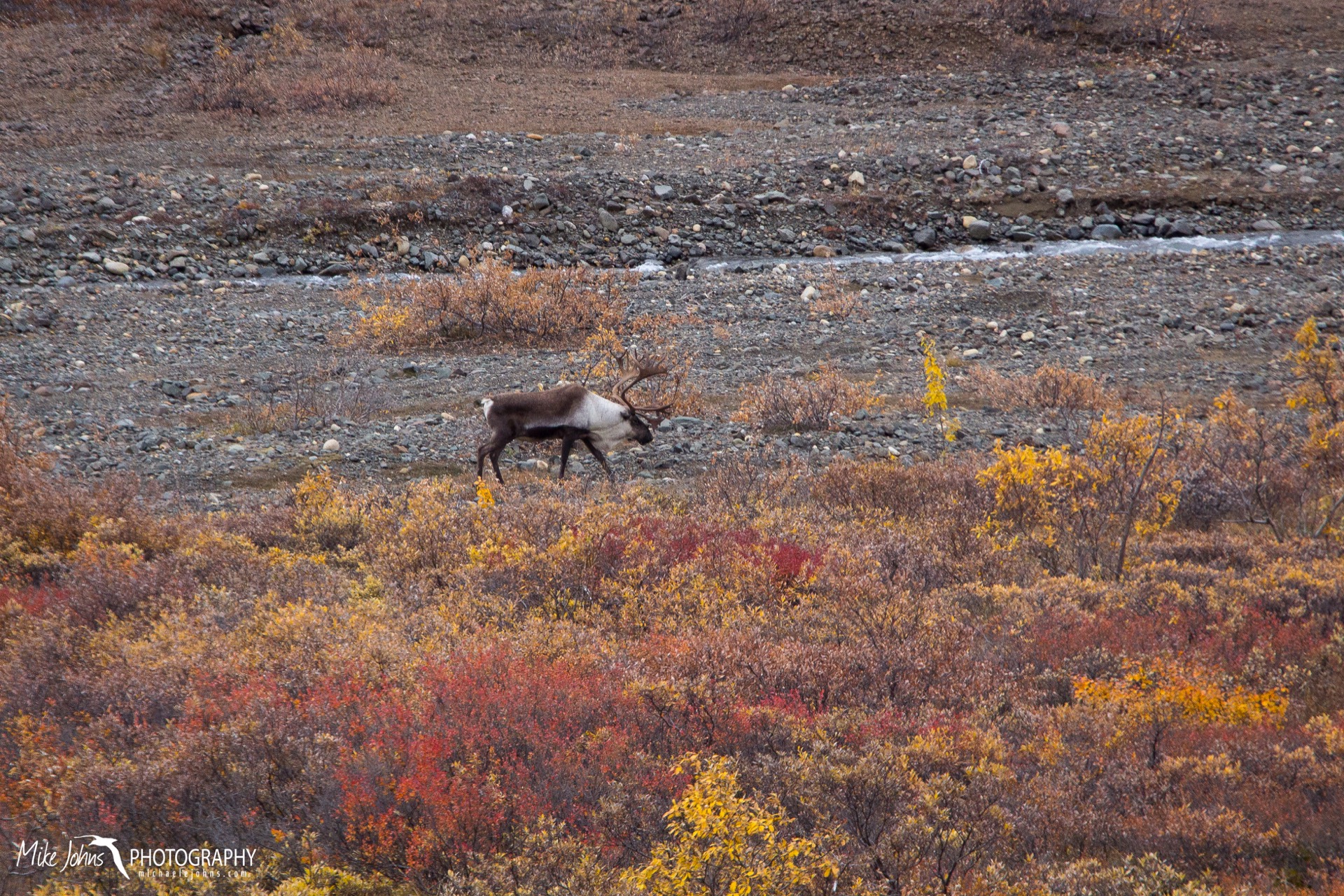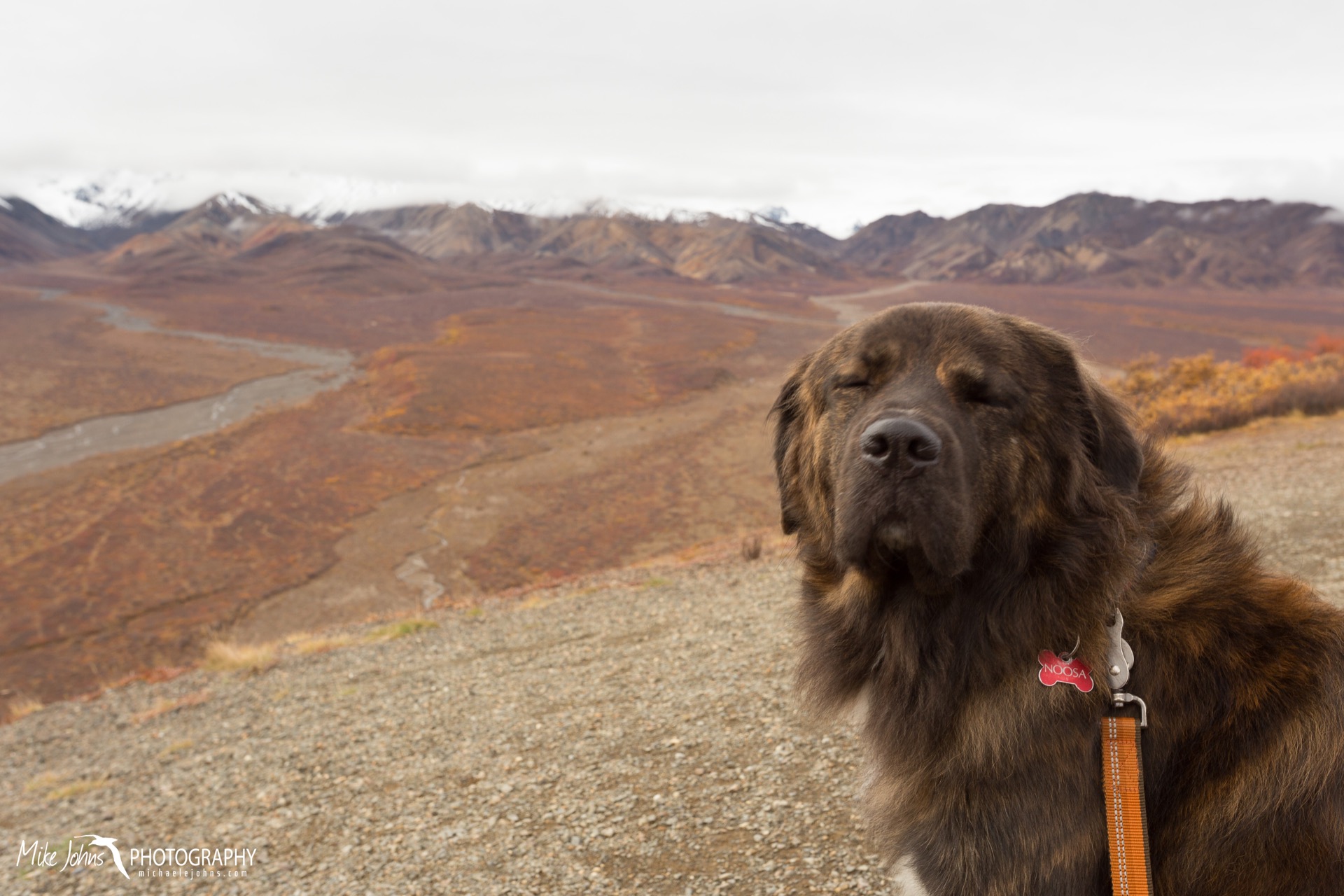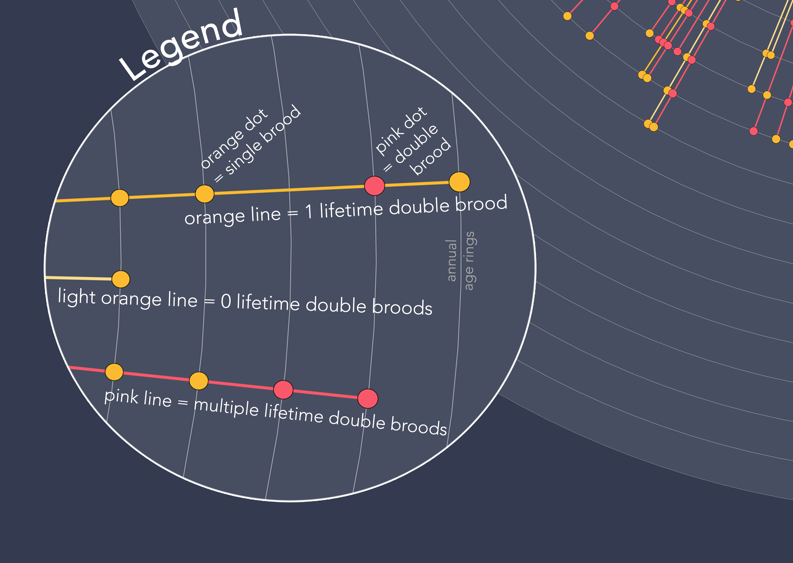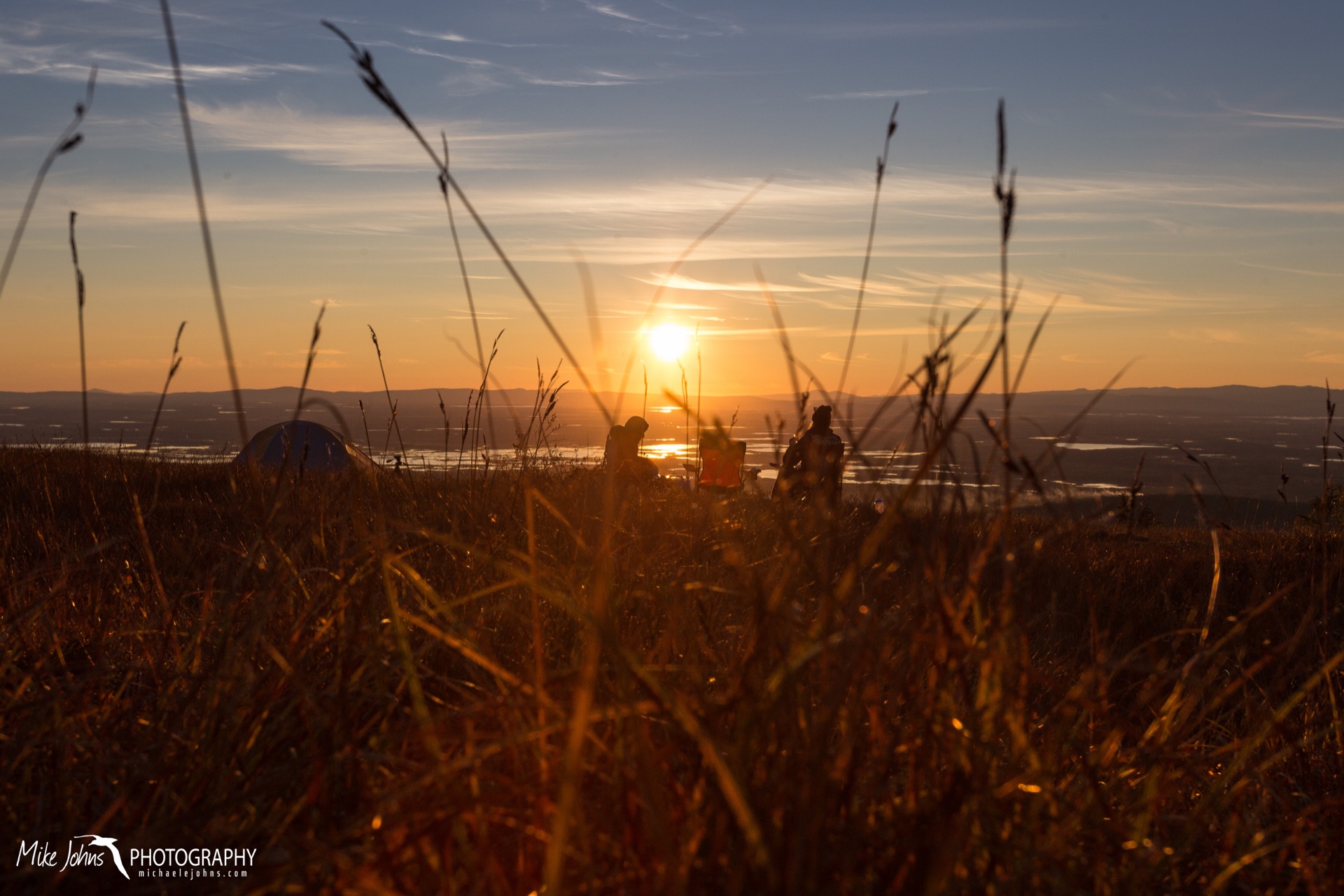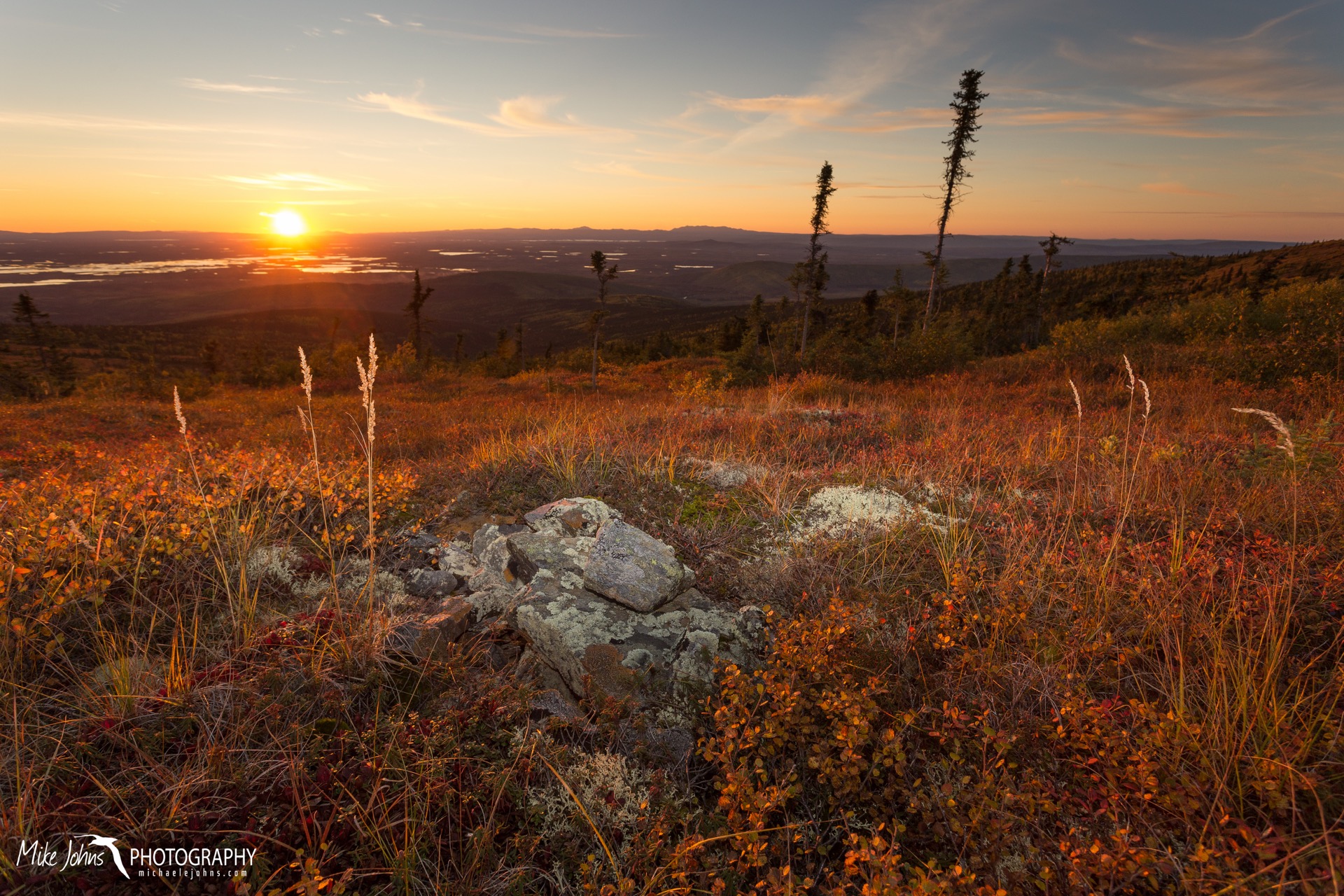More than a century ago, the United States congress was persuaded to create Denali National Park, a now 6 million acre wildlife preserve named after the tallest mountain in North America. By design, the human footprint within the park remains minimal, with few facilities, no real hiking trails, and a single 92 mile-long dirt road. Private vehicles are restricted beyond the Savage River Campground, at mile 15 on the park road. From there, a fleet of buses services the remainder of the road, allowing visitors to hop on and off wherever they like. This enables the public to access the spectacular wildlife and scenery the park has to offer, without the headache and chaos of thousands of vehicles clogging up the road every time a brown bear crosses.
At the end of the summer tourist season in mid September, the buses are parked for the winter and the full length of the Denali park road opens to select group of lottery winners. Every year people can enter what is called the Denali Road Lottery, where up to 1600 private vehicles (400 per day over a 4-day period) are selected at random and allowed to drive the 92 mile stretch of wilderness road all the way to its terminus at Wonder Lake. Winners of this lottery have the freedom to drive at their leisure, stopping whenever and wherever scenic vistas and wild animals are encountered.
According to the National Parks Service website, roughly 11,400 applications were received in 2017, equating to a 1 and 7 odds of getting drawn. Casey was lucky enough to be drawn, which aligned perfectly with a visit from our good friend Amy. So on the final day of the road lottery, we got to experience the fall colors, sweeping views, and iconic Alaskan wildlife of Denali. Except the actual mountain itself, which was cloaked in low clouds and fog…
One of the big draws to visiting Denali National Park is the chance to get close looks at wildlife that is otherwise more elusive outside the park’s boundaries. Just minutes into the drive, we spotted a large flock of willow ptarmigan waddling along the gravel shoulder. Birds don’t stop up traffic in quite the same way as the large mammals like bears, moose, and caribou do. It was easy to tell when a grizzly had been sighted, where sometimes 20 or more cars would pull over with long expensive lenses sticking out of passenger windows, aiding newcomers by pointing out which direction to look for the bear. The following is our sightings list for the day:
Birds
Horned Grebe - 2
Greater Scaup - 12
American Widgeon - 8
Spruce Grouse - 1
Willow Ptarmigan - 27
Grey Jay - 5
Black-billed Magpie - 10
Mammals
Brown Bear - 3
Moose - 3
Caribou - 8
Dall Sheep - 49
Red Fox - 1
Porcupine - 1
Arctic Ground Squirrel - 1
We were lucky to win the road lottery, but not so lucky with the weather. A very wet and rainy fall this year in interior Alaska meant that most of the towering mountains, including the biggest of them all, were obscured from view. Still, what we could see at ground level was more than enough to make the trip worth while. Perhaps next year we will win another day in the park and try our luck again.

